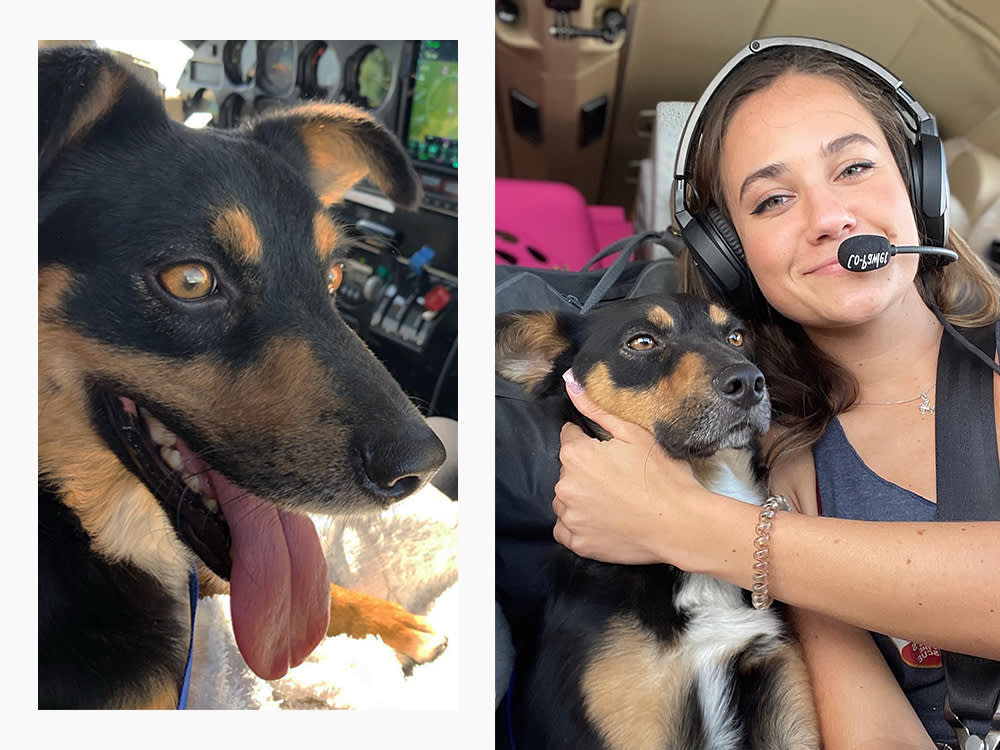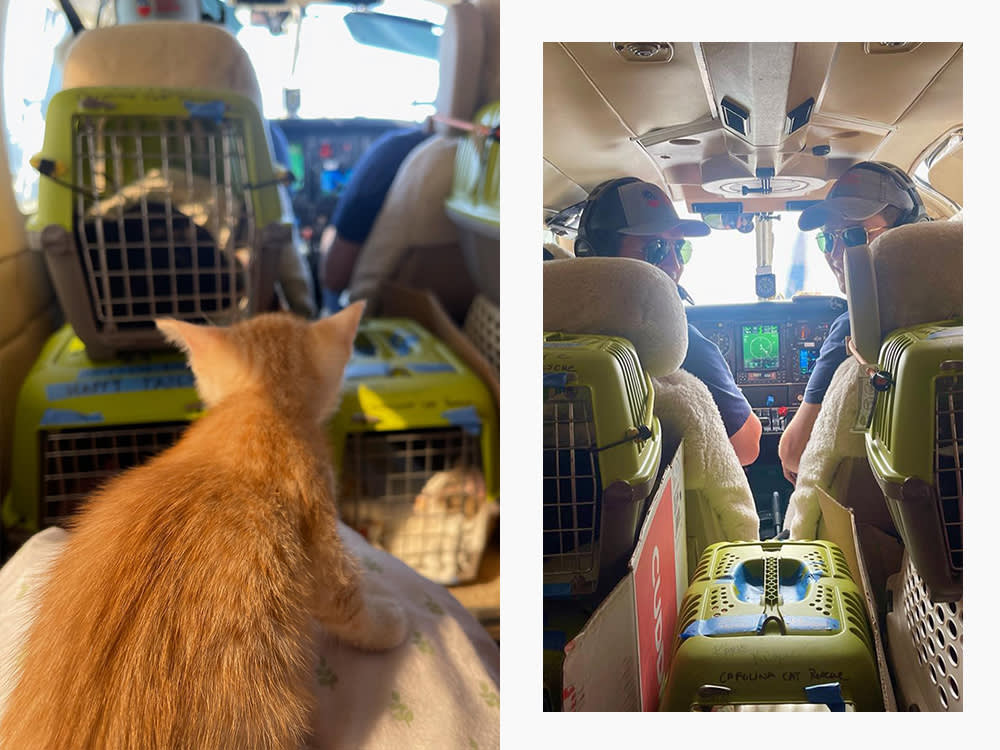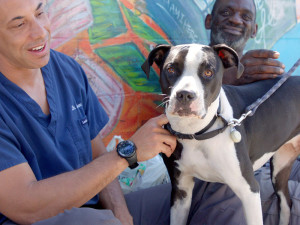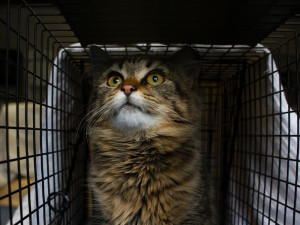Pilots to the Rescue Has Flown Nearly 400 Animals to Safety This Year
With the help of flight, this nonprofit is saving animals and relocating them to loving homes across the country.
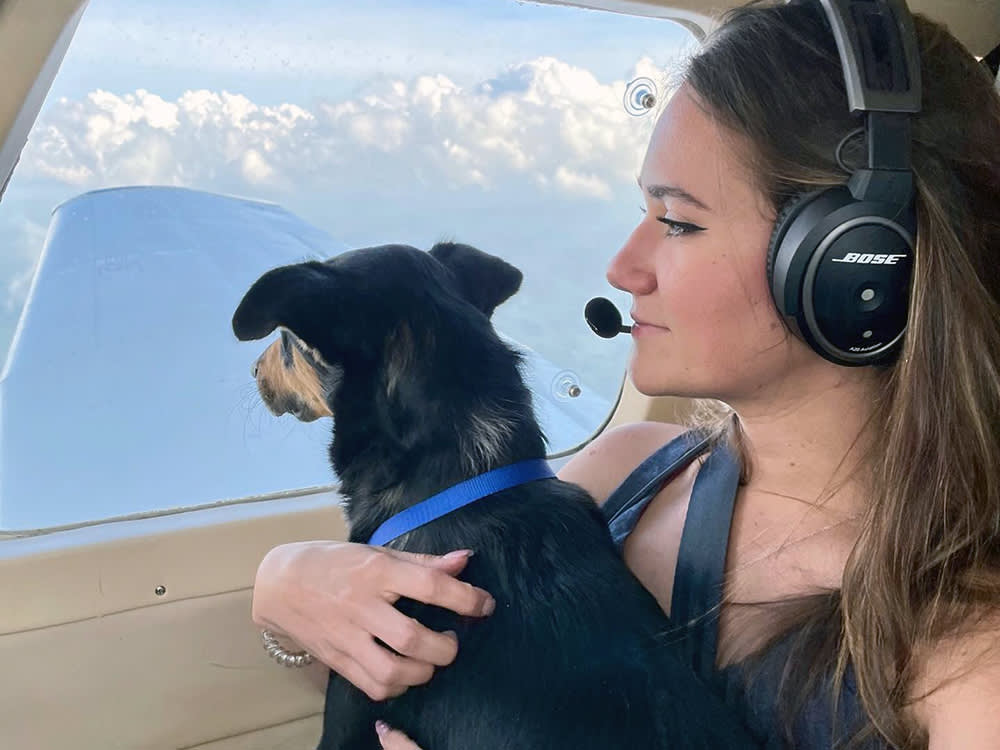
share article
Aviation is certainly having a moment this summer: Look no further than the recent Top Gun reboot’s one-billion dollar box office returnopens in a new tab.
But not all flight aficionados are driven by shirtless beach sports and power ballads. Kenny Loggins bangersopens in a new tab notwithstanding, some are using their flight skills to help those in need — namely Pilots to the Rescueopens in a new tab (PTTR). This nonprofit has been rescuing animals and relocating them through the skies for the better part of the past decade and shows no signs of slowing down.
The organization was started by Michael Schneider, a pilot who has long had a habit of helping pets in need. This impulse to care for animals has roots dating back to Schneider’s childhood. “You know how you see this on TV and in movies, I was that person that would nurse the bird back to health — so we had a variety of hamsters, hermit crabs, fish, that kind of stuff. But I just always had an affinity towards animals growing up,” he says, thinking back.
Growing up, Schneider’s parents were dedicated advocates for rescue animals, and any pets they introduced into the home were from shelters. He was introduced to many of the issues facing abandoned animals and the importance of adoption. Later in life, Schneider picked up skydiving as a hobby and quickly fell in love with aviation. He got his pilot’s license and eventually combined his passions for flight and rescue animals
“I was struggling with certain issues in my life, just like everybody is. And I was on this path of self-improvement at the time,” he explains. “Whether it was reading self-help books, doing Kabbalah, or going to see a therapist, I was just out there seeking opportunities to gain more clarity about what was important in my life and why I was not achieving certain things.”
The course was taught by Landmarkopens in a new tab, a personal growth and training company that offers development seminars across the globe. At the end of the class, each person is tasked with 48 hours to complete a desired goal. The idea is to inspire individuals to finally chase a dream or project they’ve long held off pursuing whether that’s due to lack of time or anxieties. For Schneider, this ignited a two-day window to raise $10,000 for an airborne animal rescue. After he met his goal, Pilots to the Rescue was officially off the ground.
The nonprofit now supports a network of trained volunteer pilots whose missions involve collecting animals from kill shelters and relocating them to less crowded groups or potential adopters to avoid euthanasia. As of July, the org has piloted 32 flights in 2022. During these trips, they have helped relocate 262 dogs, 101 cats, and eight turtles: a total of 371 animals saved. Come 2023, their goal is to see that count hit at least 1000.
During any given journey, PTTR flights can hold up to 10 larger dogs or as many as 50 cats. That might sound overwhelming for one flight, but Schneider likens the situation to another beloved hobby from his youth: “It’s a giant game of Tetris. Generally, we try to fit as many animals as we can.”
Of course, the rescue adheres to all transport guidelines, which allows the animals room to stand up and move around. Ultimately, the goal is to maximize the furry passengers aboard each flight — sacrificing the pets’ short-term comfort to afford them the ability to flourish long-term in a loving home.
For those interested in getting involved with PTTR, donations certainly help and can go a long way in supporting the cost of private air travel. If you can, Schneider recommends a more hands-on approach — even if it means working with organizations elsewhere.
For Schneider, the opportunity to enhance the well-being of pets and their people is the only accolade he needs. “I feel fortunate and have tremendous gratitude for being able to make a difference in not only the animals' lives but also the lives of the families that adopt them. That’s the real reward for me,” says Schneider. “I love flying, but seeing the stories of the people that are adopting these animals that were close to being euthanized brings a lot of joy to my heart. You can’t place a price on that.”
It’s like that old saying, “Do what you love and you’ll never work a day in your life.” In this case, if you can do the thing you love while wearing aviators, even better.

Sean Zucker
Sean Zucker is a writer whose work has been featured in Points In Case, The Daily Drunk, Posty, and WellWell. He has an adopted Pit Bull named Banshee whose work has been featured on the kitchen floor and whose behavioral issues rival his own.
Related articles
![dr kwane street vet]() opens in a new tab
opens in a new tabDr. Kwane Hits the Streets to Treat Unhoused People’s Pets
“The Street Vet” on his heroic work and how you can help.
![Sterling "Trapking" feeding a treat to an orange rescue cat]() opens in a new tab
opens in a new tabSterling “TrapKing” Davis is Going Global
The rapper-turned-trapper quit his music career to start a cat rescue, has saved the lives of thousands of strays, and is promoting diversity in the animal welfare world. This spring, he’s taking things international.
![Black woman smiling and holding a Siamese cat which is looking into the camera]() opens in a new tab
opens in a new tabCARE Is Amplifying BIPOC Voices to Keep People and Pets Together
“We don’t consider what we are doing animal welfare work. We are taking a holistic approach to well-being for animals and humans.”
![A fluffy red-brown cat in a crate]() opens in a new tab
opens in a new tabHow Flatbush Cats Is Saving Brooklyn’s Strays
Ad agency strategist Will Zweigart founded a nonprofit to tackle the neighborhood’s street cat epidemic.
